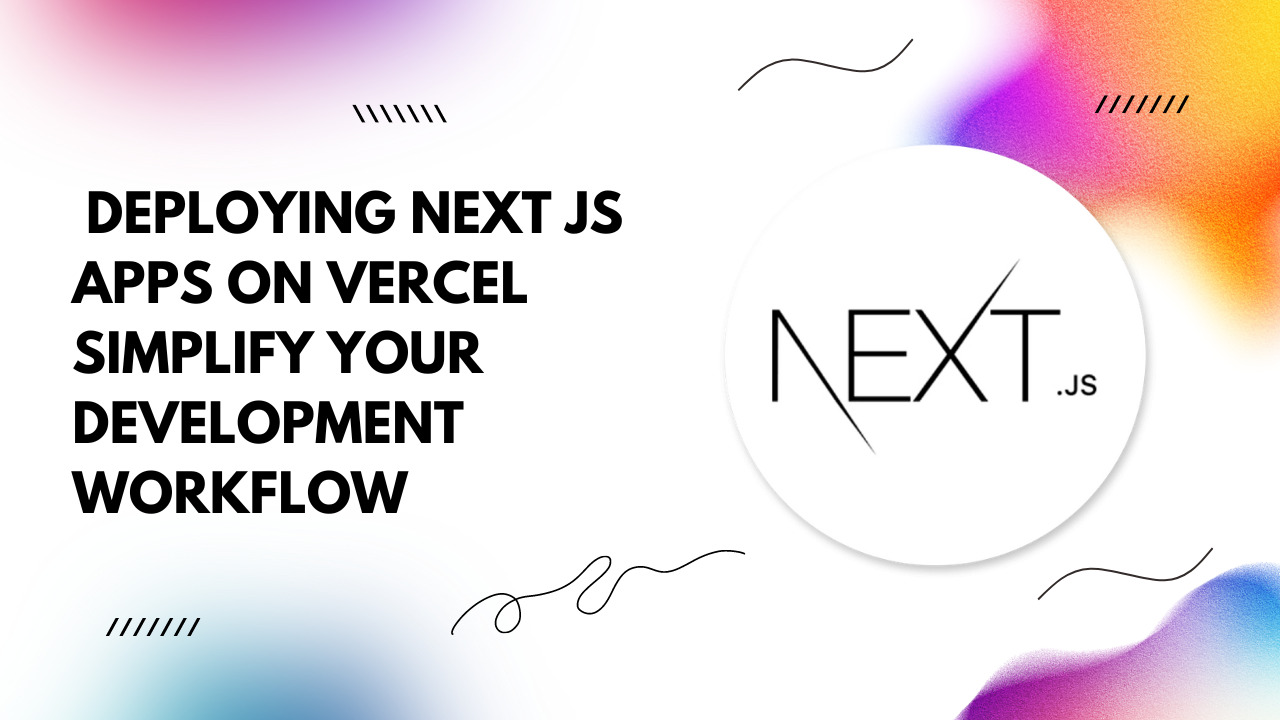Let's delve into a step-by-step guide on deploying Next.js apps on Vercel, empowering developers to streamline their workflow and accelerate their project deployment. 1. Getting Started with Next.js: Before diving into deployment, ensure you have a Next.js application ready for production. If not, initiate your Next.js project by running:
npx create-next-app@latest my-next-app cd my-next-app
2. Crafting Your Next.js Application: Develop your Next.js application according to your project requirements. Utilize Next.js features like server-side rendering, static site generation, and API routes to enhance performance and scalability.
3. Integrating with Vercel: Sign up for a Vercel account at vercel.com if you haven't already. Once logged in, connect your Next.js project to Vercel by navigating to your project directory in the terminal and running:
vercel login
vercel --prod
4. Customizing Deployment Settings:
Vercel provides a plethora of customization options to tailor your deployment process. You can specify environment variables, set up custom domains, configure routing, and much more directly from the Vercel dashboard or using vercel.json and .env files in your project directory.
5. Monitoring and Scaling:
Once deployed, monitor the performance of your Next.js application using Vercel's built-in analytics and monitoring tools. Scale your application effortlessly to handle increased traffic by leveraging Vercel's global CDN and serverless architecture.
6. Continuous Deployment: Embrace continuous deployment practices by integrating Vercel with your preferred version control system (e.g., GitHub, GitLab, Bitbucket). Automate the deployment process to ensure seamless updates and rapid iteration cycles for your Next.js application.
Conclusion:
Deploying Next.js apps on Vercel empowers developers to focus on building exceptional web experiences without the hassle of managing infrastructure.By following this comprehensive guide, you can expedite your deployment process, optimize performance, and deliver innovative web solutions with ease. Unlock the full potential of Next.js and Vercel to revolutionize your development workflow and propel your projects to new heights.
